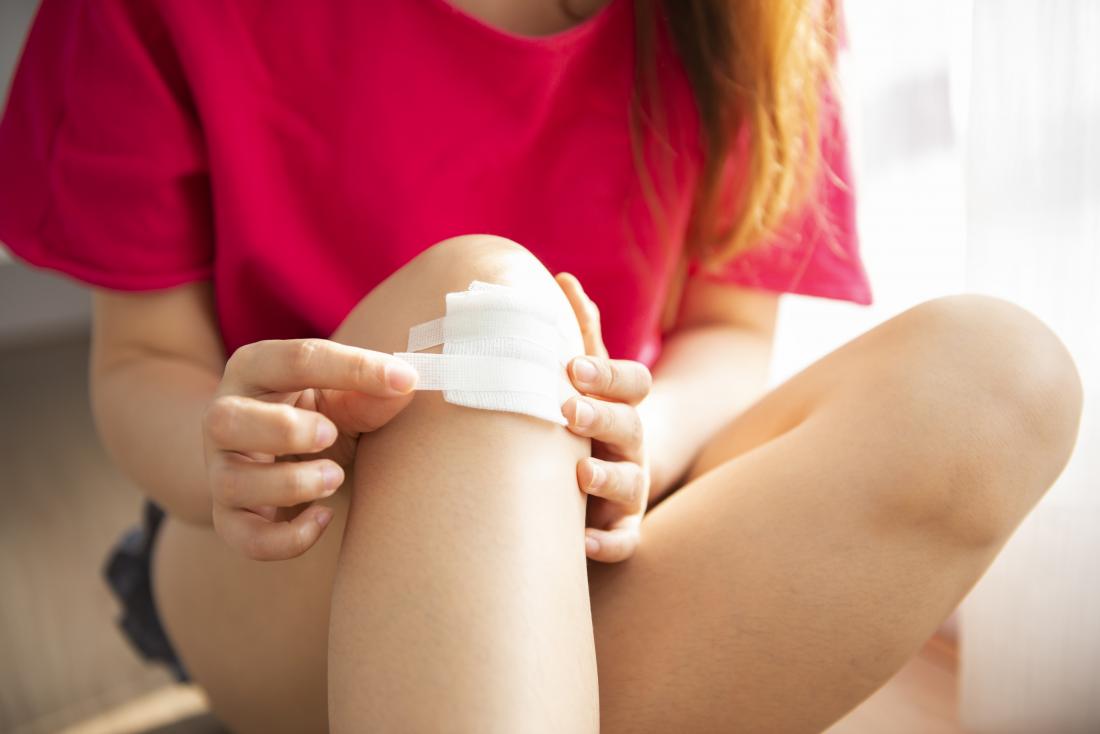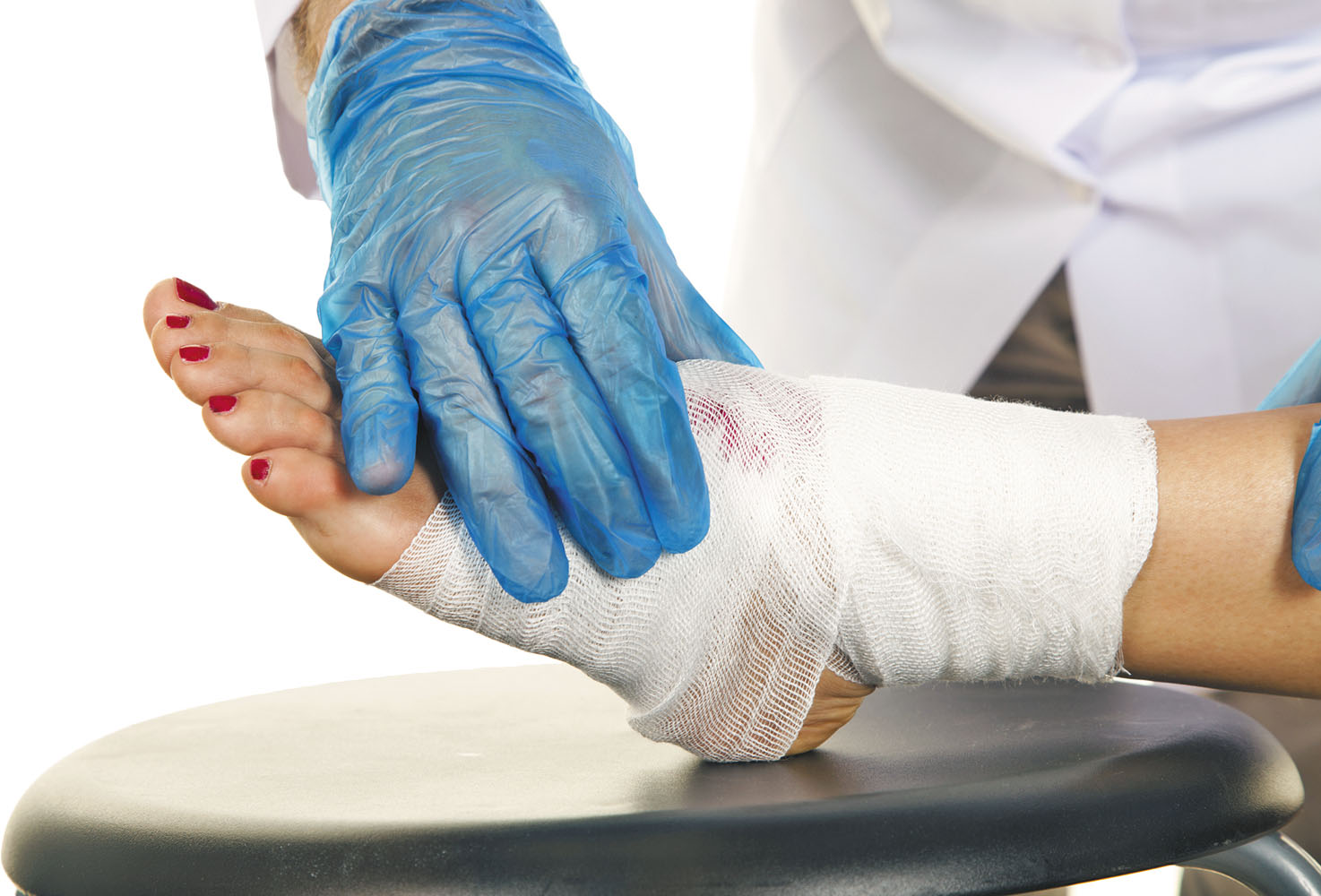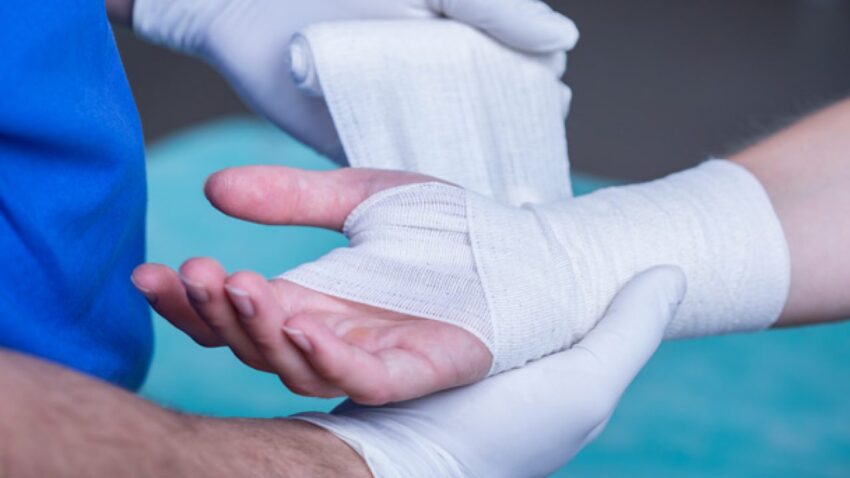Sometimes people are involved in accidents that can cause huge wounds. At other times people are the victim of an attack and are left with huge wounds. Or perhaps a person has a wound that has been open for a long time and just won’t seem to heal.
There are also times when a person has a huge wound due to burns. In nursing homes, patients sometimes develop large bedsores because they lie in the same position for many hours without being moved.
Bedsores are prone to infections because they are open for so long. Another kind of wound that may be large are surgical wounds that fail to join back together despite stitches. Many times all these different kinds of wounds are hard to heal because of their size.

This is when doctors try a procedure called wound VAC. It is also called negative-pressure wound therapy or vacuum-assisted closure or VAC.
Doctors and scientists have discovered that removing the air pressure over the top of the wound helps the wound heal. The VAC device exerts negative pressure. This is the same as a very slight vacuum.
The negative pressure does several things to help the wound heal. Over time the fluids in the wound are pulled out. Without these fluids, there is less swelling. Without the swelling, the edges of the wound can come closer to each other and increase the chances of it joining back together and closing the wound.
The slight vacuum action also increases the blood supply to the wound which increases the chance of the wound healing on its own.
Doctors use a suction pump connected to tubing and a dressing. The human body naturally sends fluids to a wound in an effort to help it heal. But when a wound is open for long periods of time, this fluid builds up and does not help the wound heal.
The tubing connected to the VAC dressing makes it possible to remove the excess fluids. The VAC dressing forms an airtight covering over the wound, reducing air pressure from the outside. The vacuum from the device is sometimes constant and sometimes intermittent, depending on the wound.
Another advantage of using the VAC procedure is that it can cut down on infection while it is helping the wound heal.

A final advantage of using the wound VAC procedure it that it can actually be used in the home. After a doctor determines what is the best course of action, a nurse, or even a home care aid can be taught how to use and monitor the treatment.
Other times the patient himself can learn how to use the VAC system with regular checkups at the doctor’s office. Some manufacturers make VAC devices that are small and compact enough so that patients can even go about their daily activities while wearing the device.
These portable VAC devices come with alarms to let the patient know that they need to check on their wound.

